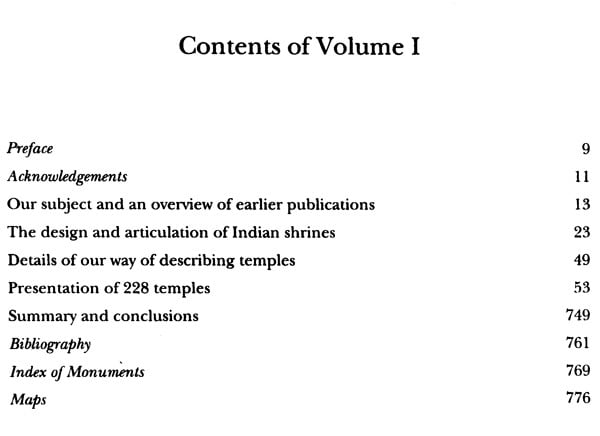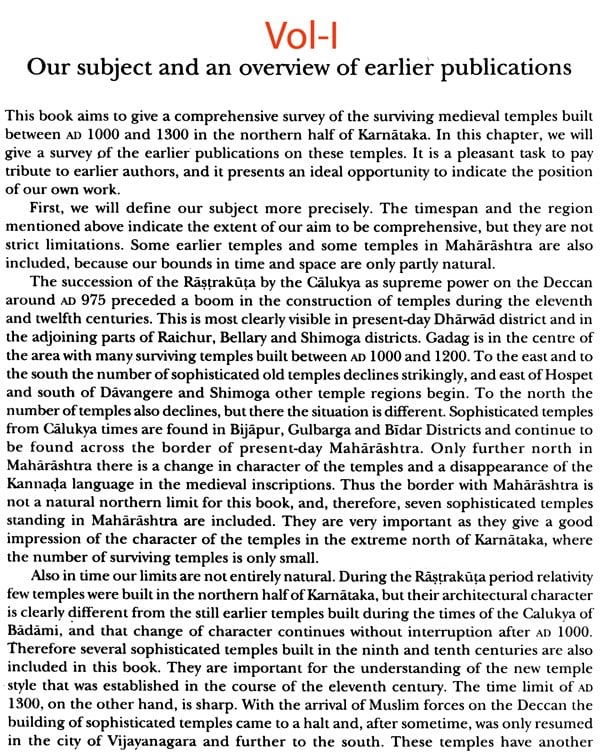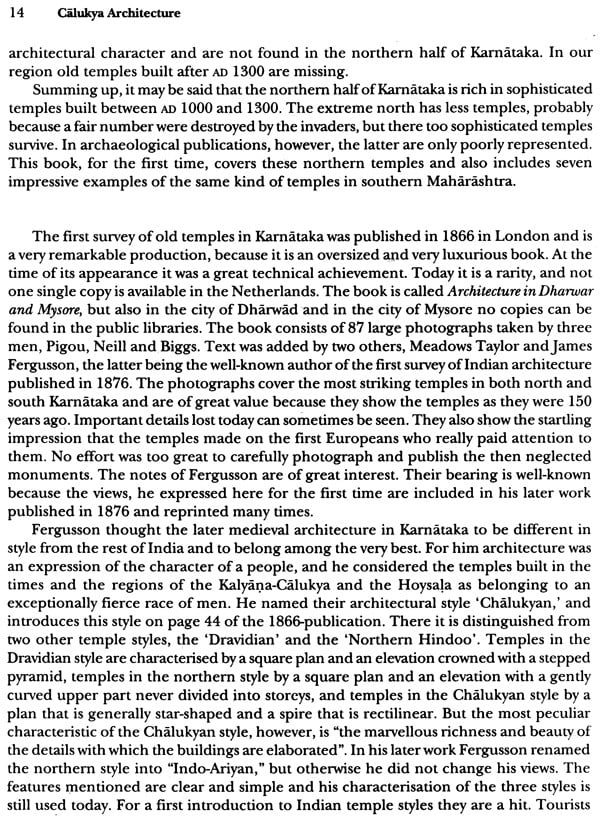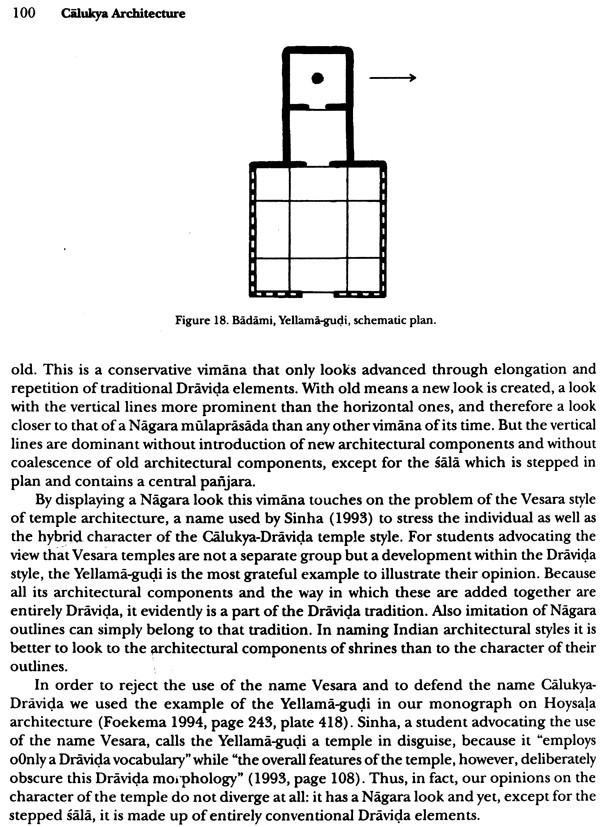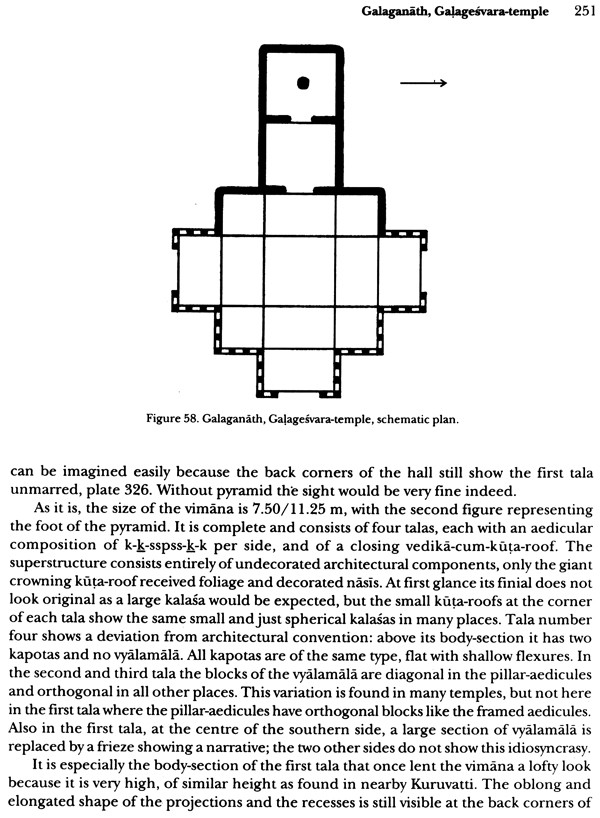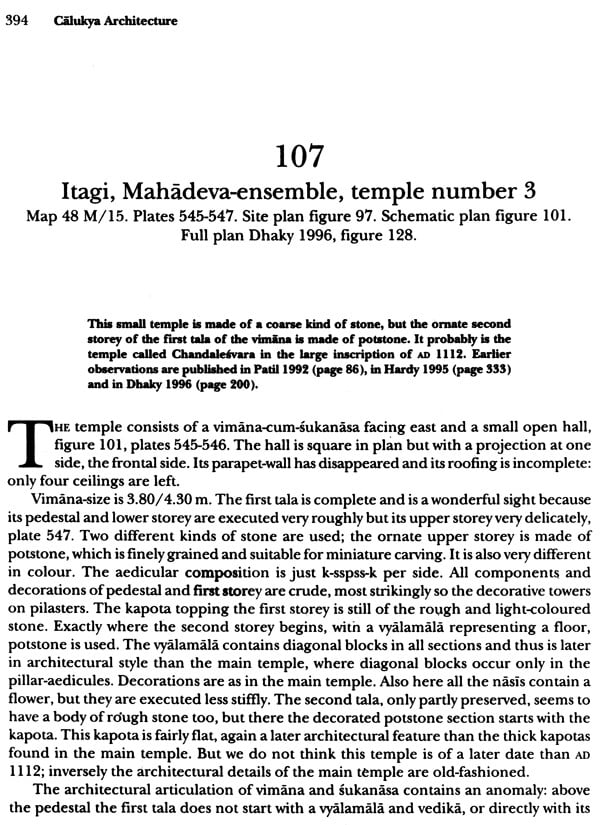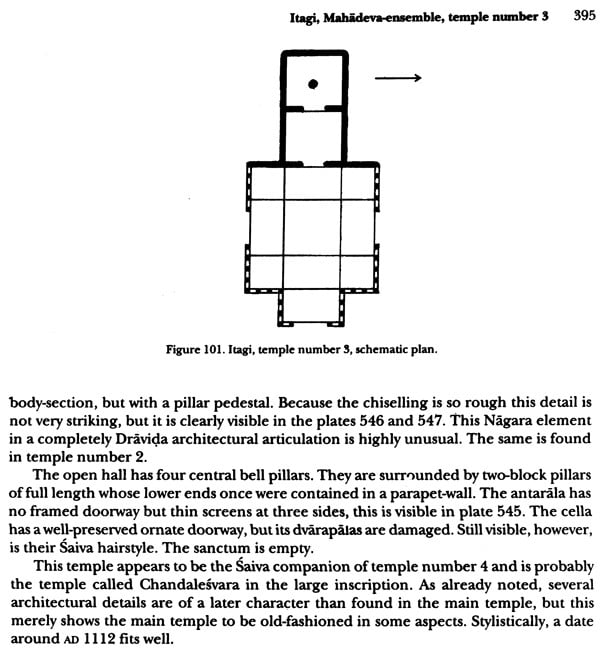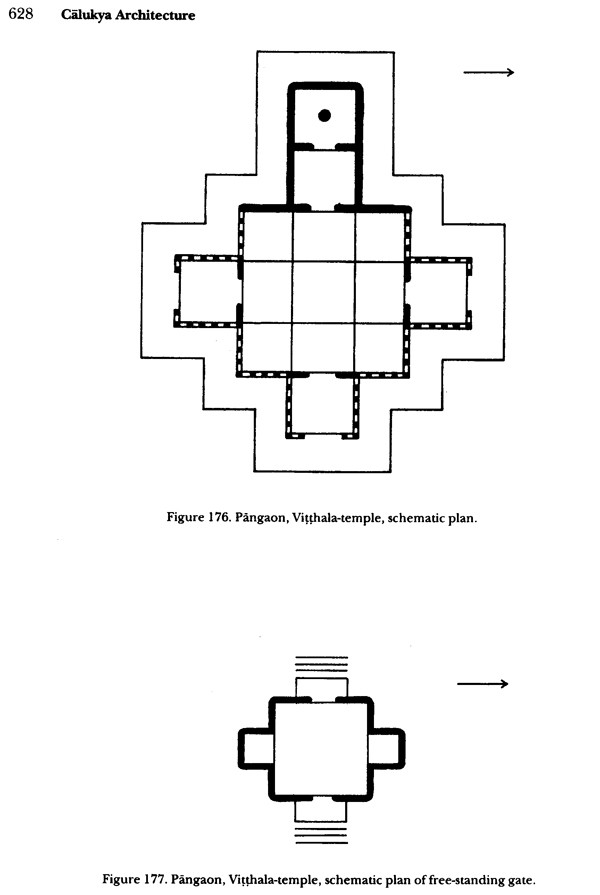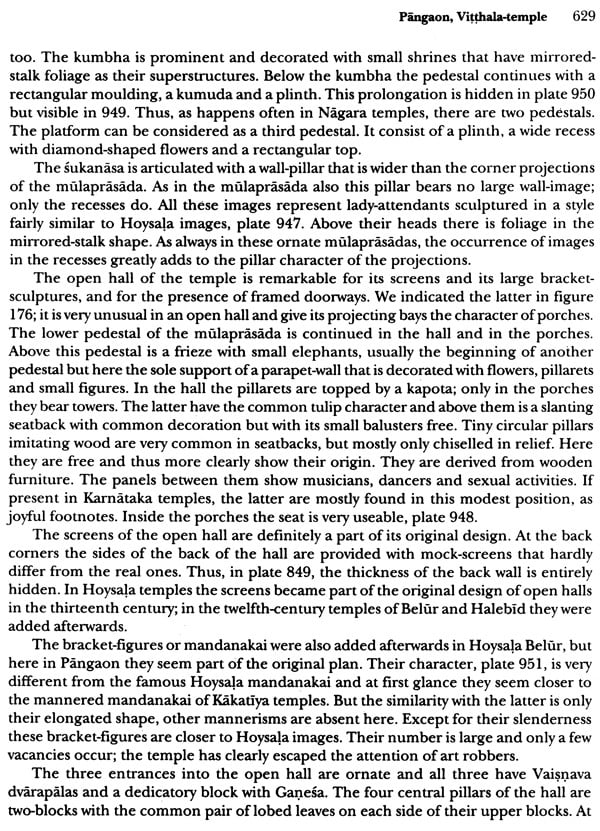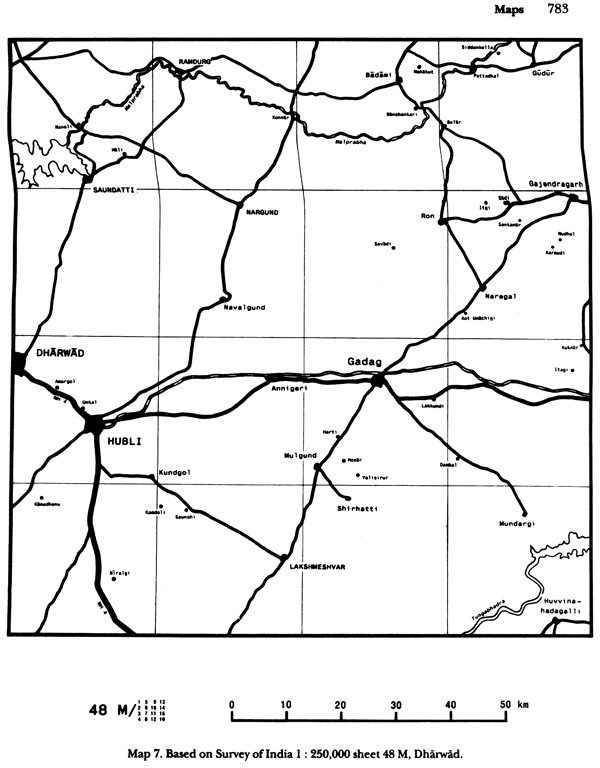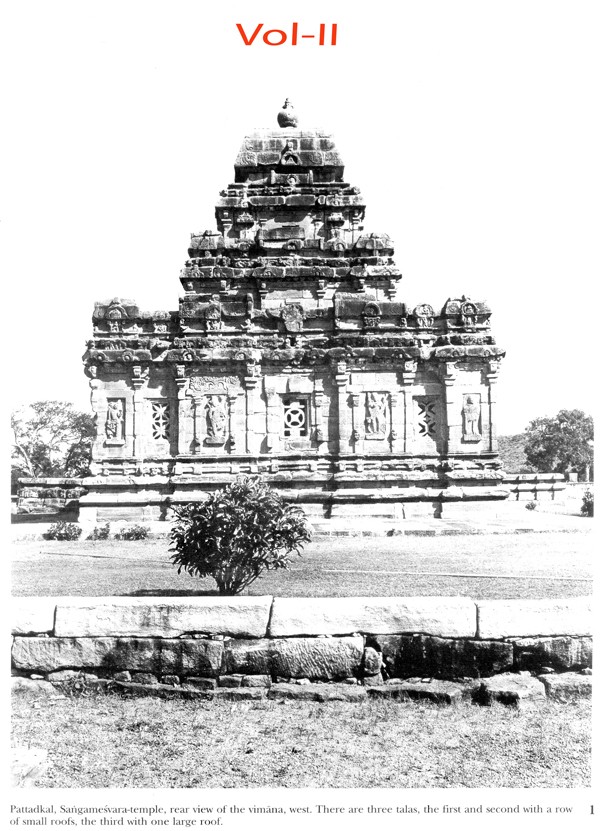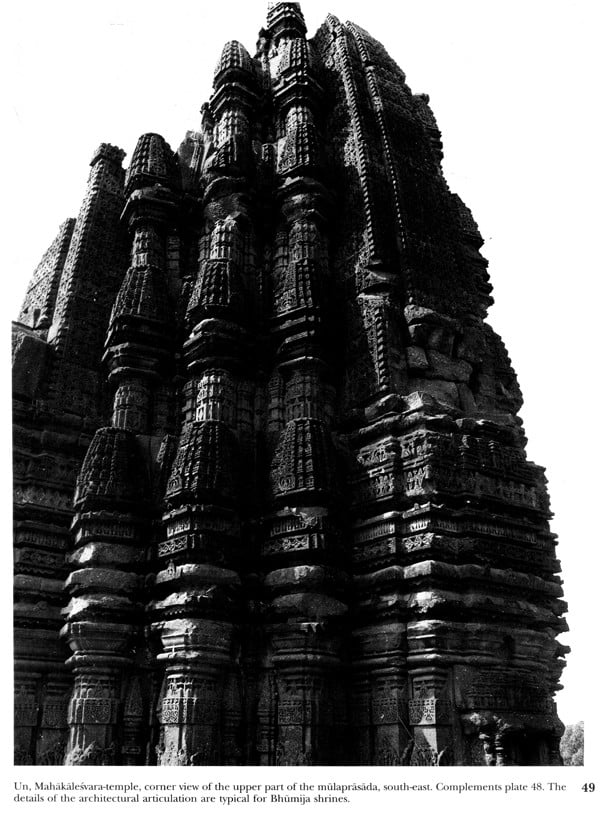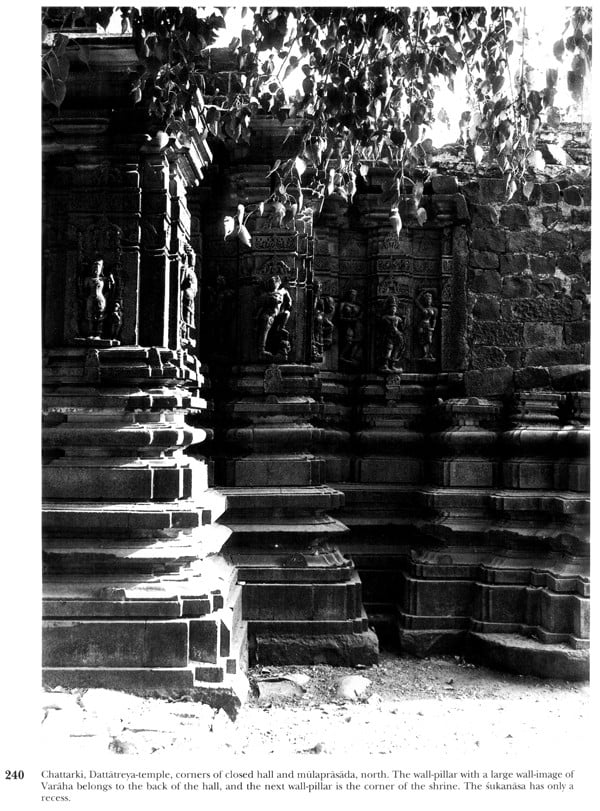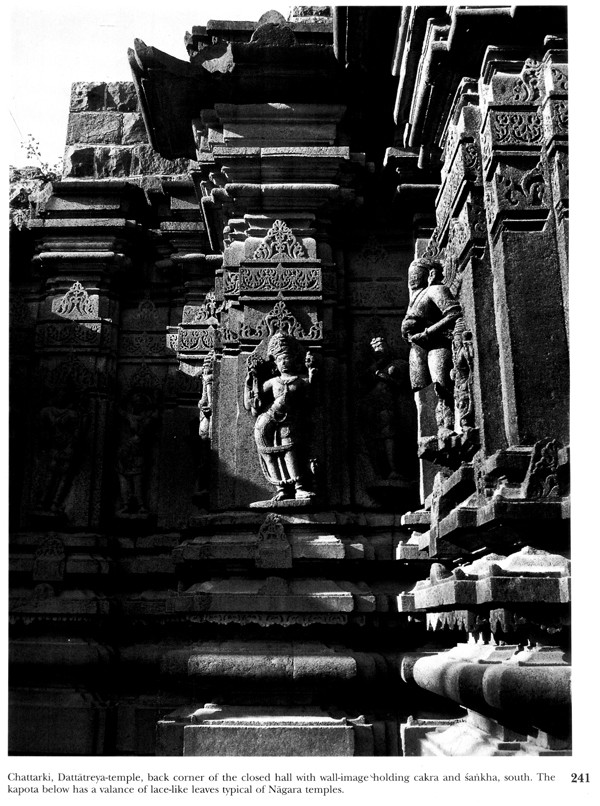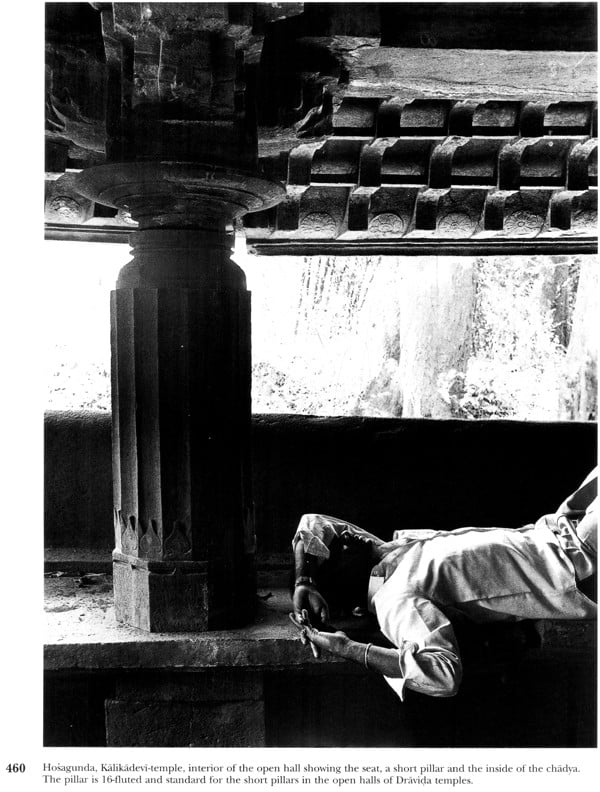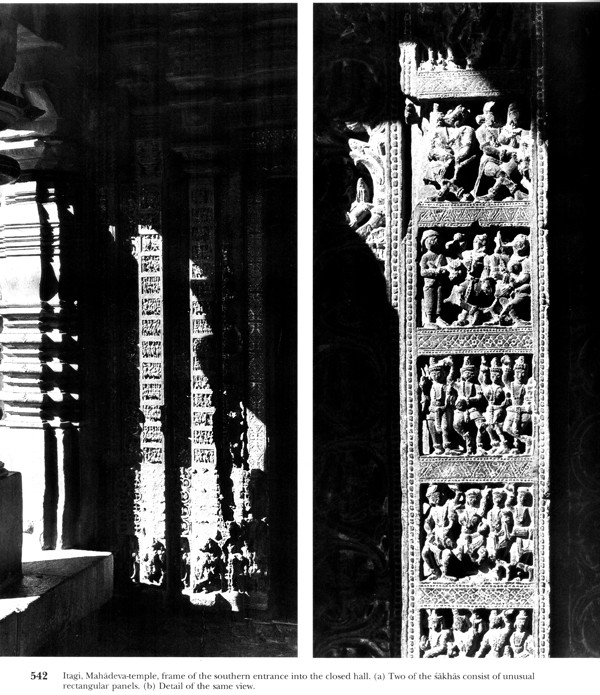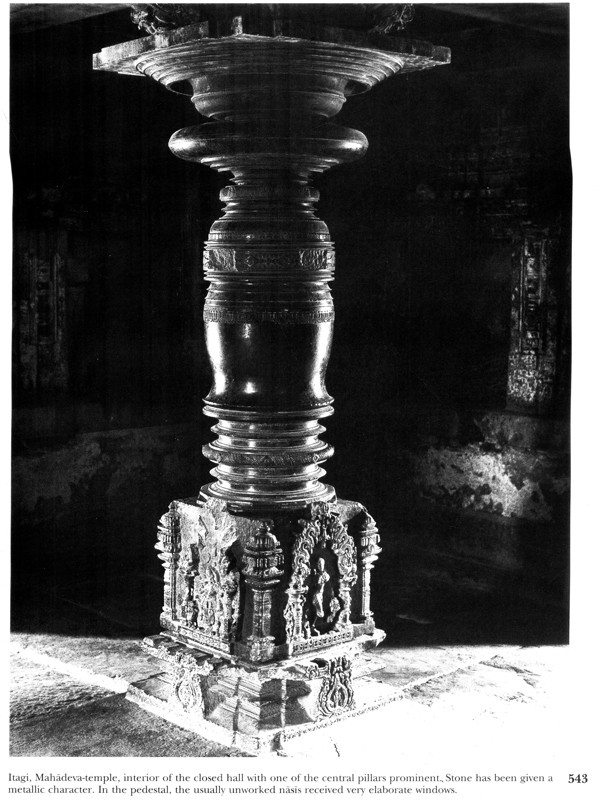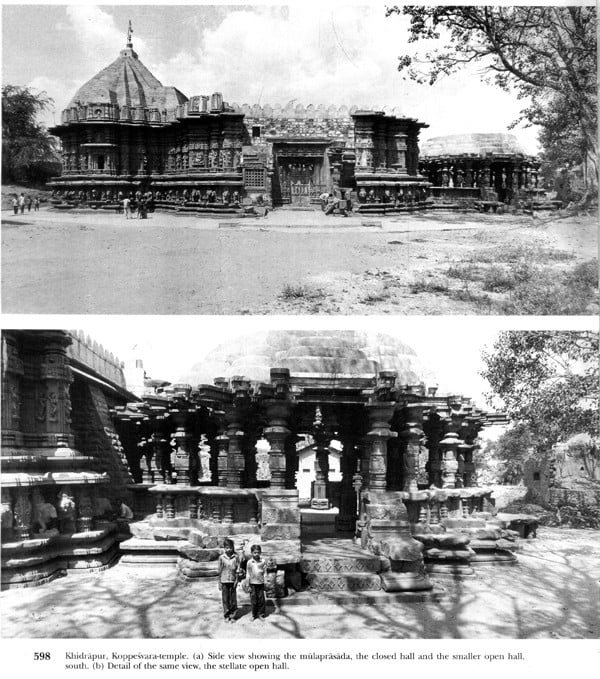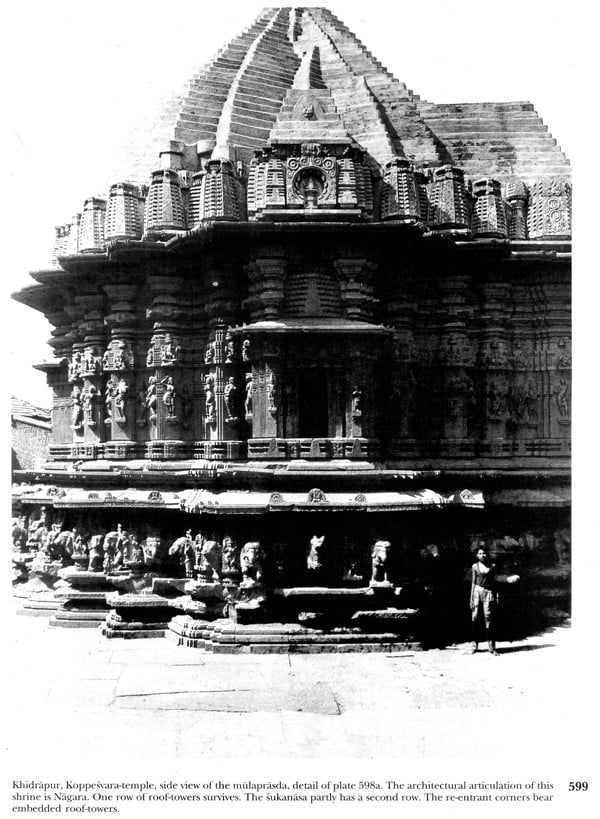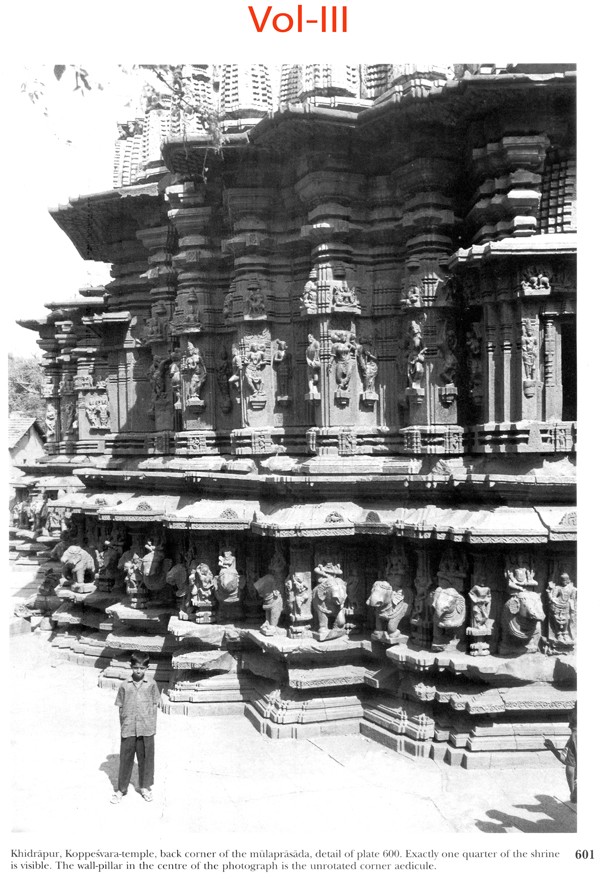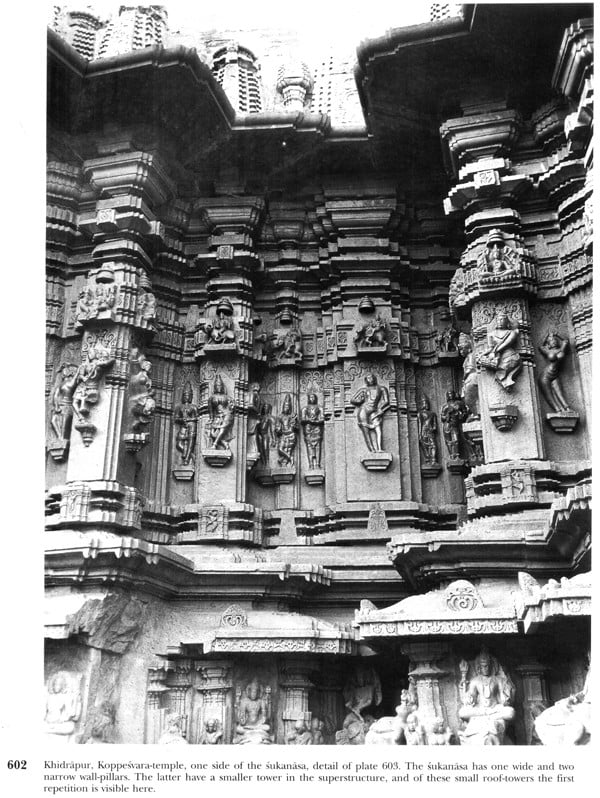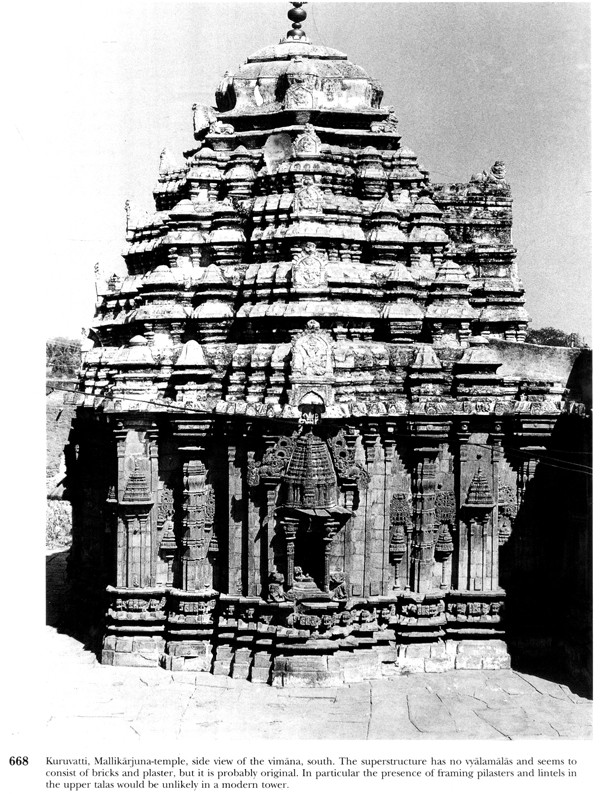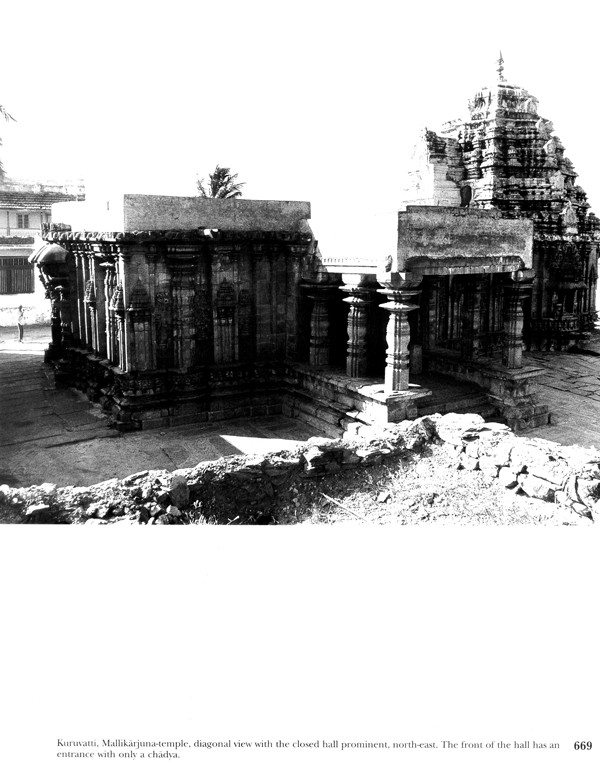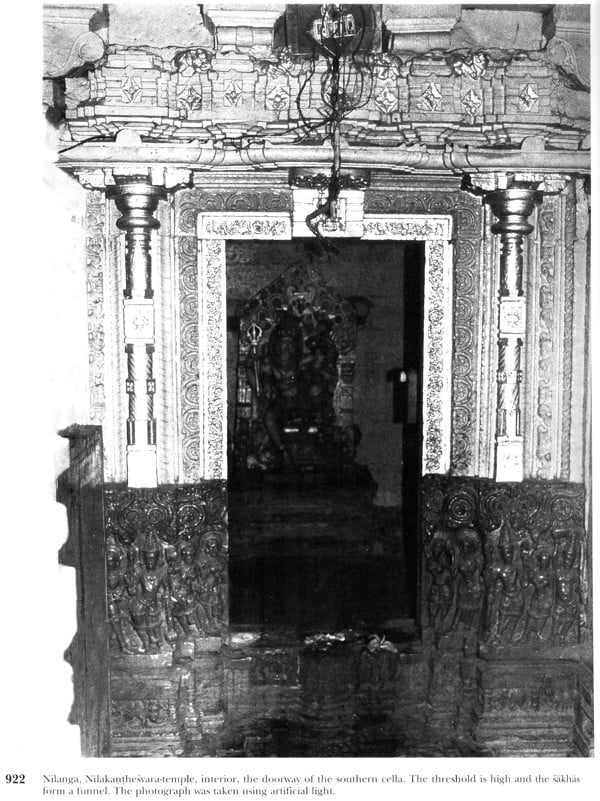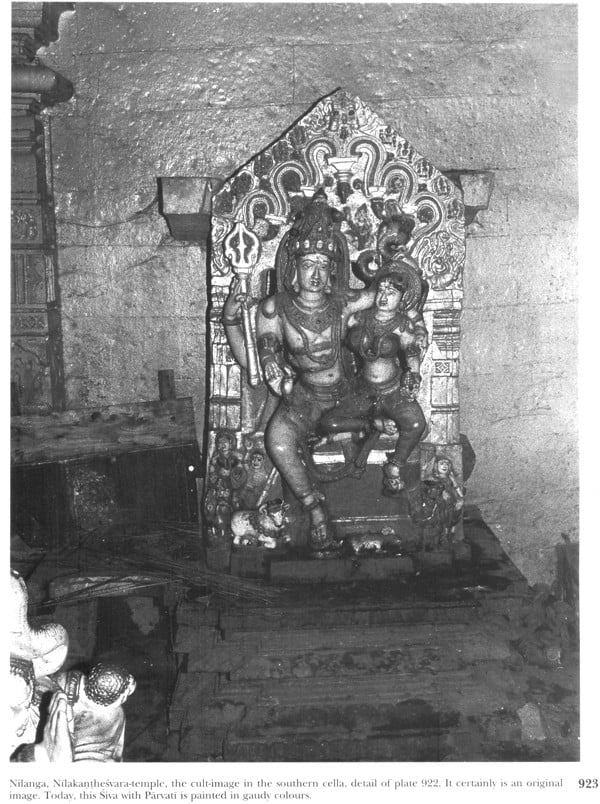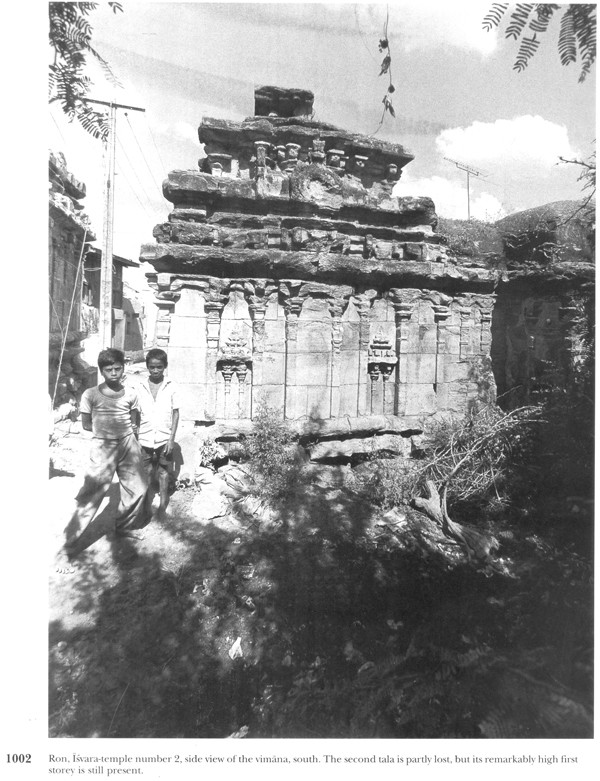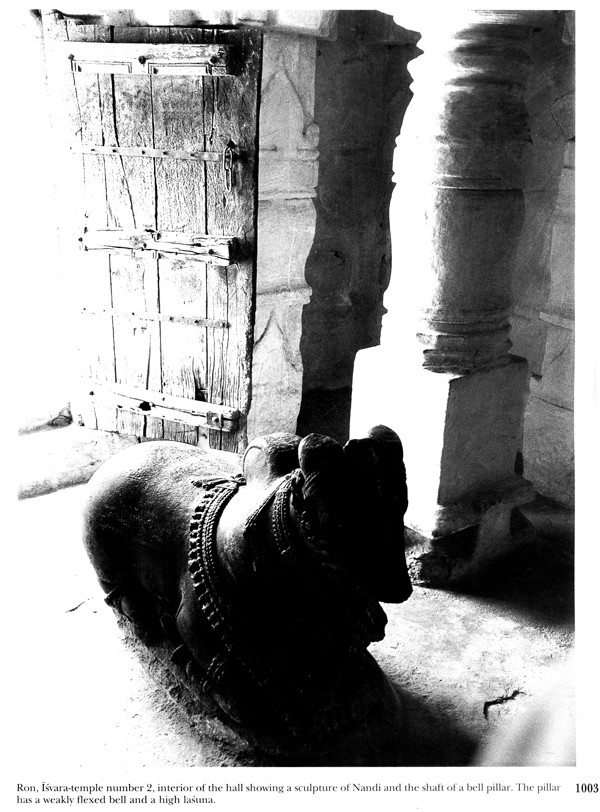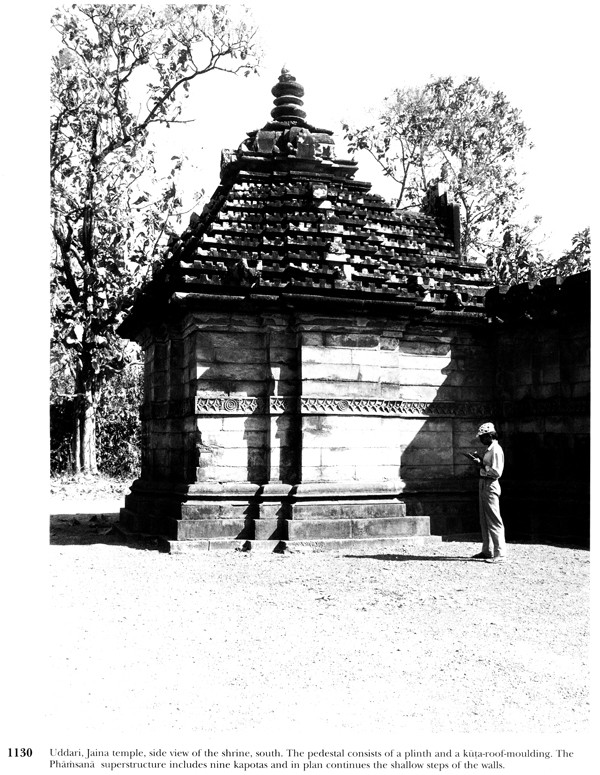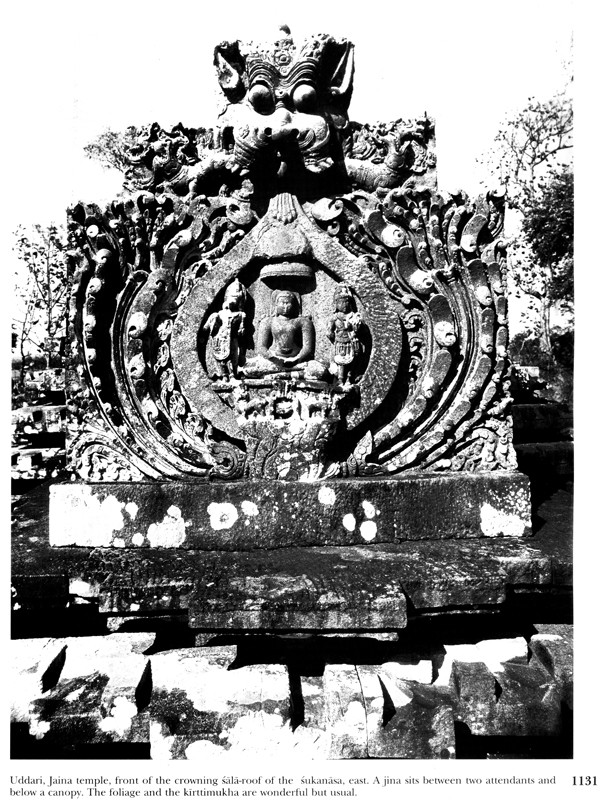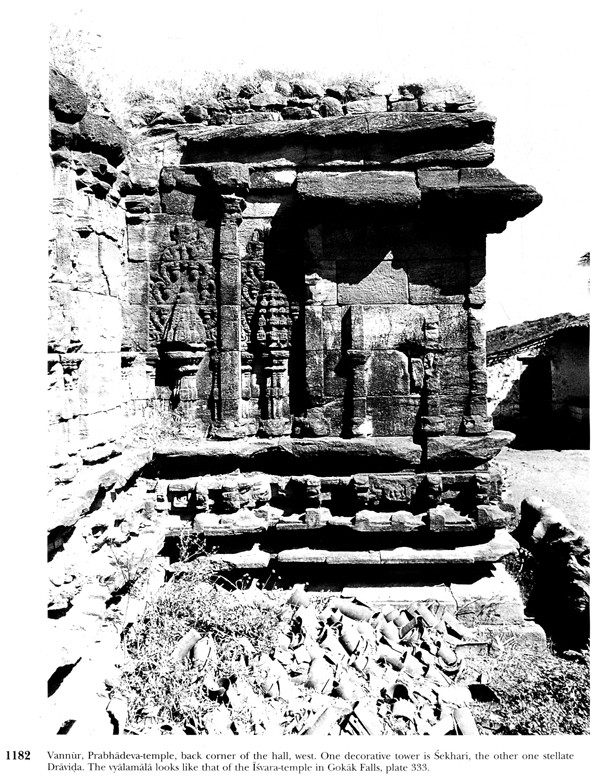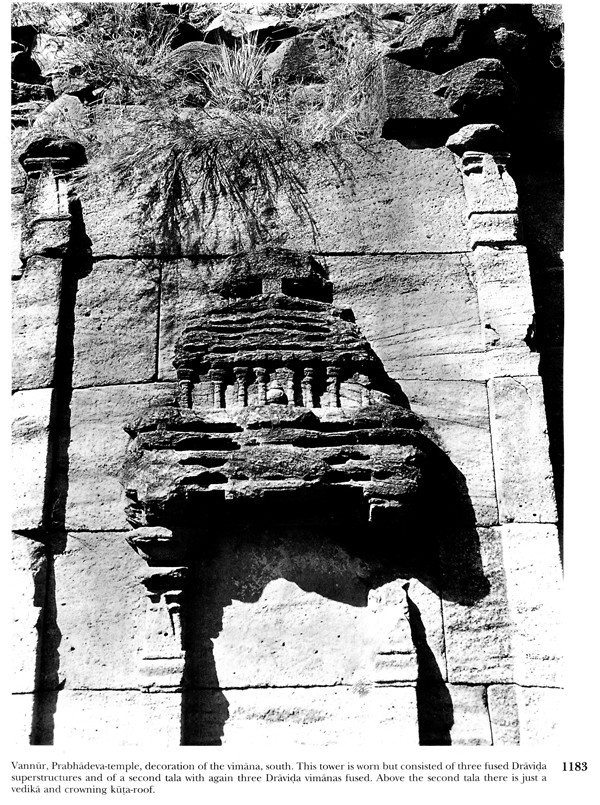
Calukya Architecture- Medieval Temples of Northern Karnataka Built During the Rule of the Calukya Kalyana and thereafter, AD 1000-1300 (Set of 3 Volumes)
Book Specification
| Item Code: | NBZ695 |
| Author: | Gerad Foekema |
| Publisher: | MUNSHIRAM MANOHARLAL PUBLISHERS PVT LTD |
| Language: | English |
| Edition: | 2003 |
| ISBN: | 8121510708 |
| Pages: | 2034 (Throughout B/w Illustrations and Maps) |
| Cover: | HARDCOVER |
| Other Details | 11.50 X 9.00 inch |
| Weight | 8.01 kg |
Book Description
The ambition to be complete required a lot of fieldwork, because about 50 of the 220 monuments included have not been published before. But not only 'new' temples were visited; without exception all temples presented in this book were seen at least once. During each visit many photographs were made. All of the approximately 1400 photographs published in the second and third volumes were made by the author.
In addition to their scholarly value, the present volumes are very valuable for any layman with interest in architecture. This is because the monuments often period are so extremely interesting for their sophisticated play with architectural elements, and because the photo- graphs are so carefully taken and so instructive. With regard to photographs this book easily surpasses all others on old Indian temples.
Writing a monograph on Kalyana Calukya temples was a still more ambitious task. The mayoralty of the extensive fieldwork, required to completely Cover all important temples, took place in the 1995-96 season in close contact with several scholars from the Karnataka University in Dharwad. At the end of the year 2000 the manuscript and the photographs for the present volumes were ready for press.
His books on HoysaJa and Calukya temples predominantly have the character of the presentation of facts. The abundant material presented in them allows new conclusions about the temples. These are laid down in a Ph.D. thesis that he will defend in November 2003 at Leiden University.
It is my conviction that a proper knowledge of a body of monuments is only possible by interpreting descriptions. Illustrations are indispensable to follow the descriptions. By comparing descriptions and illustrations we can educate our eye, understand the ideas of others and come closer to our goal. This goal of course is to know what kind of buildings the temples are, to find patterns in their overall design and in their numerous details, and to explain and to understand these patterns.
In this monograph, attention is focused on the morphology of the temples. How exactly do the temples look and which variations can be found? It is possible to understand their architectural details as a part of a larger design and as a part of an architectural tradition, and that kind of understanding is our subject. The religious meaning of designs and details is another matter. When a design does not directly serve a ritual need, very different meanings are possible. Sometimes I have a suggestion, but I leave it to scholars of the religious and social history of India to look further. One of my aims is to provide them with useful facts.
Finally a more personal aim must be mentioned: to make fully visible the beauty of the temples. The ability of Indian medieval society to produce highly sophisticated temples was stunning, and today the surviving results can still be the subject of great admiration and wonder.
Book's Contents and Sample Pages
